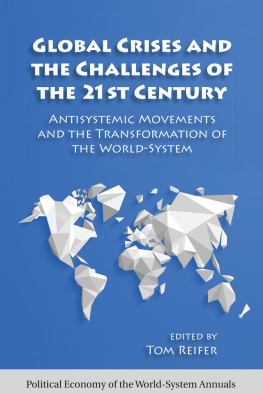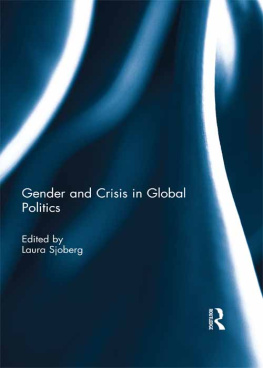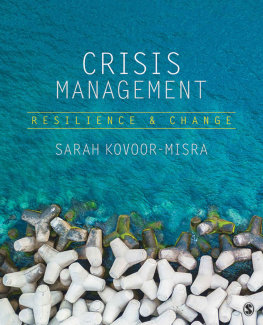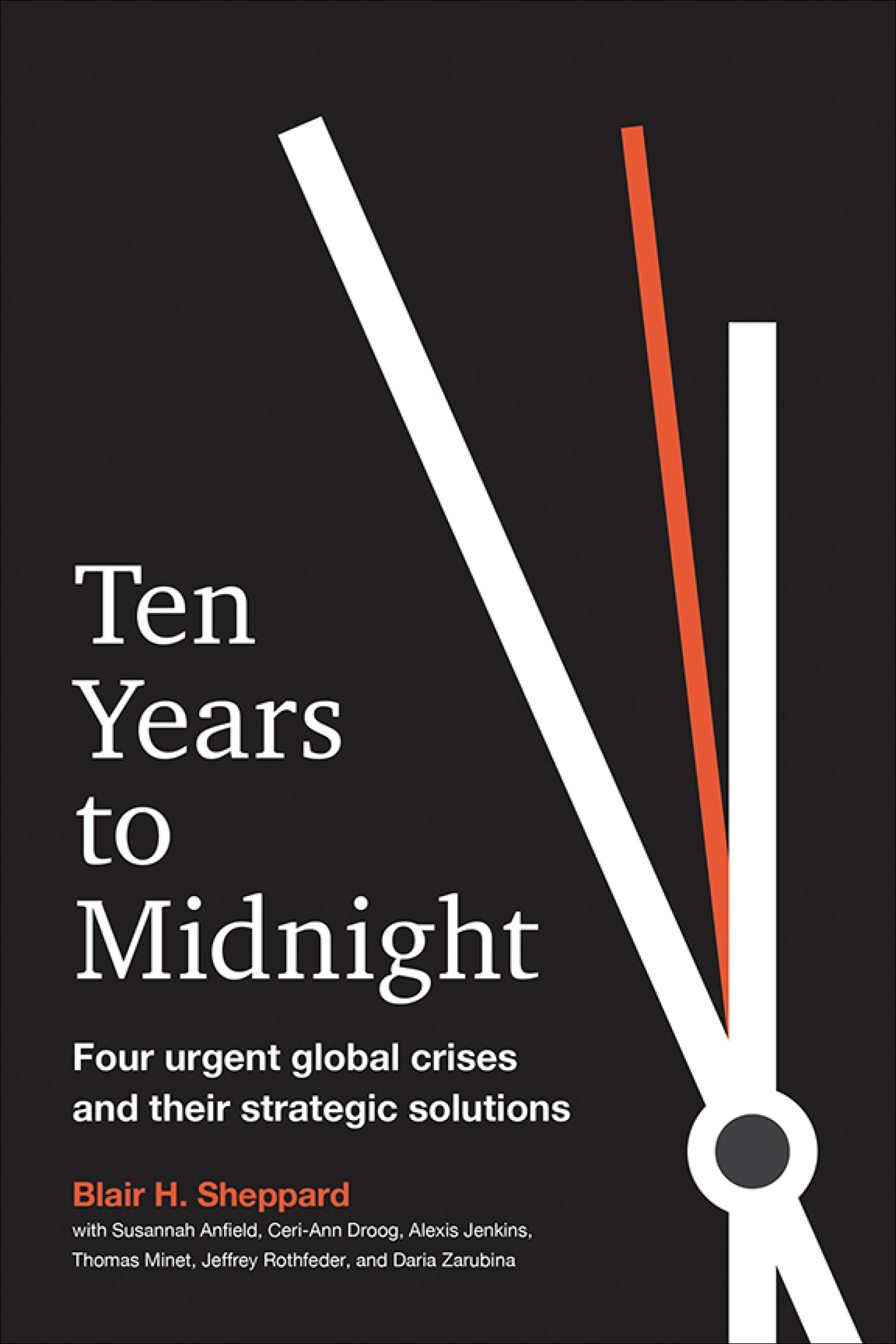Ten Years to Midnight

Ten Years to Midnight
Copyright 2020 by PricewaterhouseCoopers LLP (a U.K. limited liability partnership). All rights reserved. PwC refers to the U.K. member firm, and may sometimes refer to the PwC network. Each member firm is a separate legal entity. Please see www.pwc.com/structure for further details.
All rights reserved. No part of this publication may be reproduced, distributed, or transmitted in any form or by any means, including photocopying, recording, or other electronic or mechanical methods, without the prior written permission of the publisher, except in the case of brief quotations embodied in critical reviews and certain other noncommercial uses permitted by copyright law. For permission requests, write to the publisher, addressed Attention: Permissions Coordinator, at the address below.

| Berrett-Koehler Publishers, Inc.
1333 Broadway, Suite 1000
Oakland, CA 94612-1921
Tel: (510) 817-2277, Fax: (510) 817-2278
www.bkconnection.com |
Ordering information for print editions
Quantity sales. Special discounts are available on quantity purchases by corporations, associations, and others. For details, contact the Special Sales Department at the Berrett-Koehler address above.
Individual sales. Berrett-Koehler publications are available through most bookstores. They can also be ordered directly from Berrett-Koehler: Tel: (800) 929-2929; Fax: (802) 864-7626; www.bkconnection.com
Orders for college textbook/course adoption use. Please contact Berrett-Koehler: Tel: (800) 929-2929; Fax: (802) 864-7626.
Distributed to the U.S. trade and internationally by Penguin Random House Publisher Services.
Berrett-Koehler and the BK logo are registered trademarks of Berrett-Koehler Publishers, Inc.
First Edition
Hardcover print edition ISBN 978-1-5230-8874-4
PDF e-book ISBN 978-1-5230-8875-1
IDPF e-book ISBN 978-1-5230-8876-8
Digital audio ISBN 978-1-5230-8877-5
2020-1
Book producer: BookMatters; Text designer: BookMatters; Cover designer: Jenny Forrest (PwC); Copyeditor: Amy Smith Bell; Proofer: Anne Smith; Indexer: Leonard Rosenbaum
To the woman who has been my companion through all of the experiences that shaped this book and whose patience made it possible, my wife, Martha.
CONTENTS
PREFACE
As I think about reading a book and how I want to consume it, I begin with four basic questions. Where did it come fromdo I trust its origins? Who is it meant foris it relevant to me? What are the intentions of the author(s)do I care about what they are writing about? And what should I expect of the bookwill I enjoy reading it? Assuming that at least a few of you think the same way, it is worth addressing these four questions as a way of helping to prepare you for what you are about to read.
This book has two origins. A first set of ideas was created with the other authors by a process of global discovery and expanded through an exhaustive look at the issues in sixteen particular countries. In some ways the joint creation of these ideas enabled not only the team listed on the front cover but also the host of PricewaterhouseCoopers (PwC) colleagues to better understand the evidence behind the worries at the heart of this book. A second set of ideas emerged from my own personal experience over four phases of my career. Working backward, these experiences include my time as the global head of strategy and leadership at PwC, a role that allows the sort of global access and perspective essential to the books central claim that all of us share very similar worries; my time as dean of Fuqua School of Business at Duke University, during which I had the opportunity to discover the challenges of institutional change at a very personal level and the great fortune to identify the opportunity and negotiate the basic agreement for the founding of a campus for Duke in Kunshan, China; my experience as founder and CEO of Duke Corporate Education, the worlds first truly global executive education business, during which I developed both an appreciation of the globalization, technology, and simple measures firsthand and honed my thinking on leadership and change; and finally, my years as a professor, during which the basic ideas of organization and society that served me throughout my career were first fully formed.
This book is thus both a group product and a very personal effort. Its dual origin is the reason the book has multiple authors on the cover but is written in the first person. The experiences, frameworks, and historical origins are mine. The main argument is very much the result of a shared effort. One nice feature of that dual origin is that although the book is primarily written by an old, white, North American male, the ideas were created and vetted by an extremely diverse set of individuals of more than twenty national origins, with a combination of race, age, religion, and personal identities too bountiful to enumerate. One thing I loved about collaborating with my colleagues on this book was the continuous challenge of attempting to find as balanced and multifaceted a perspective as possible, while maintaining a coherent storytelling voice. If a narrow perspective creeps in upon occasion, that is a failure on my part alone. My colleagues were wonderful in attempting to ensure that we had as many perspectives as possible weigh in on the ideas in this book. That is essential to our purpose, because we cannot claim that the whole world should be worried if many elements of the world were not part of creating these ideas.
Given the book is about the worries that concern all of us as citizens of our villages, towns, cities, countries, and the world, it could be said that the intended audience is everyone. But that perspective does not make for a very coherent book. Thus, while we hope any thoughtful reader will find value in what we have written, this volume is mostly intended for people who have a particular responsibility to address the worries and associated pending crises identified. The intended reader is either in a position to do something meaningfulthat is, they are a leader of some key part of an organization, country, international association, state, province, city, institution, NGO (in other words, any organization that is a key part of our lives)or they have particularly benefited by the lead-up to the crises and thus have the resources and experience to help navigate rethinking and repairing the things they helped break. For everyone else, the book offers a way of understanding the world we are all confronting, what we can help do about it, andperhaps even more importantwhat we should demand of our leaders.
In some ways I have already revealed the core purpose of the bookto help us all understand the very real crises the world is facing and the urgency behind them and to suggest a set of ideas for what we can do about it. This brings me to the title of the book. As we came to understand the worrisome challenges, we encountered a striking pattern. For almost all of the issues, we have a decade to respond or things will get much worse. Even if we do not experience the absolute worst of the possible outcomes, if we do not identify how to address the crises and get a long way in dealing with them, we will face much more dire consequences. We really do have only












